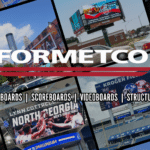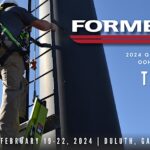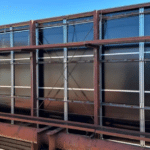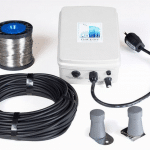The Business of Safety: How to Control Occupational Hazards
In the April Newsletter, we discussed the identification of workplace hazards specific to certain jobs by using a job hazard analysis. Now that you’ve identified the hazards, you have to decide how you’re going to control them. In 1950, the National Safety Council introduced the Hierarchy of Controls (HOC) with the intention of “controlling exposures to occupational hazards.” The HOC has remained pretty much the same since it was first released, but there have been a couple of additions that safety professionals have added as they became smarter about addressing workplace hazards.
Level 1: Physically Remove the Hazard
The HOC is shaped like a pyramid that is upside down. Each level indicates a requirement for controlling workplace hazards. The top and first method for dealing with the hazard in the workplace is elimination. If something can be done to completely remove the hazard this is the most desirable method to use. An example could be construction operations that involve working at heights. This hazard often cannot be completely avoided; however, certain tasks can be completed at ground level or workers can use extending tools from the ground. Having workers perform tasks in these ways rather than working at heights is a common example of elimination.
Level 2: Replace the Hazard
The second level in the HOC is substitution. Substitution is replacing a material or process with another that is considered to be less hazardous. To be an effective substitute, the new process or material must remove or at least mitigate the hazard. An example of substitution could be using water-based paints in place of lead-based paints. Water-based paints used in substitution can help reduce such hazards as a nervous system or kidney damage for exposed workers.
Level 3: Isolate People from the Hazard
The third level is engineering controls. Engineering controls are used to isolate workers from the hazard. The initial costs of engineering controls can be higher than with some other methods, but the long-term operating costs are frequently lower, and there are often additional cost savings in other areas. These controls do not interfere with worker productivity or personal comfort like personal protective equipment commonly does. Installing machine guards that shield workers from airborne emissions is an instance of engineering control implementation. This is a highly effective engineering control because it places a physical barrier between workers and the hazard and can be implemented independently of any worker interaction.
Level 4: Change the Way People Work
The fourth level is administrative controls. Administrative controls are when a hazard is controlled through policies that protect the employee. Administrative controls essentially change the way people work. This method limits exposure to the hazard rather than removing it. Because the hazard is still present, this method is considered less effective than the previous three. Although administrative controls can be used to control employee exposure, they are prone to human error and cannot always be relied upon to reduce exposure. An example of administrative control is job rotation to prevent and ergonomic issue from occurring.
Level 5: Protect the Worker with Personal Protective Equipment
The last point on the chart is personal protective equipment. Some people that are not familiar with safety wonder why the very last thing you should try is personal protective equipment. This is because personal protective equipment has too many variables that could fail and allow the hazard to still exists. For instance, if you were to select a piece of personal protective equipment for a specific job, you now have to buy the equipment, issue the equipment, train the employee on how to use the equipment, how to inspect the equipment, and to know when the equipment is used up and needs to be replaced. Any failure of the steps could cause the hazard to still exist. Examples of personal protective equipment are gloves, hard hats, safety glasses, high-visibility clothing, and other protective garments or equipment. While personal protective equipment has great value, it is not the most desired mechanism in the hierarchy of controls.
So, now you understand how difficult controlling a hazard can be. Many times, it is necessary for supervisors and managers to arrange a consultation with a safety professional or approach a vendor that sells safety equipment to determine the best method of control to protect employees. Once you begin to recognize the hazard controls you are going to use, you are beginning to develop a safety program. Next issue we will talk about policies and procedures.
For more information about the HOC, or if you have any safety-related questions contact Jim Poage: jimpoage@formetco.com and (678) 951-1132












